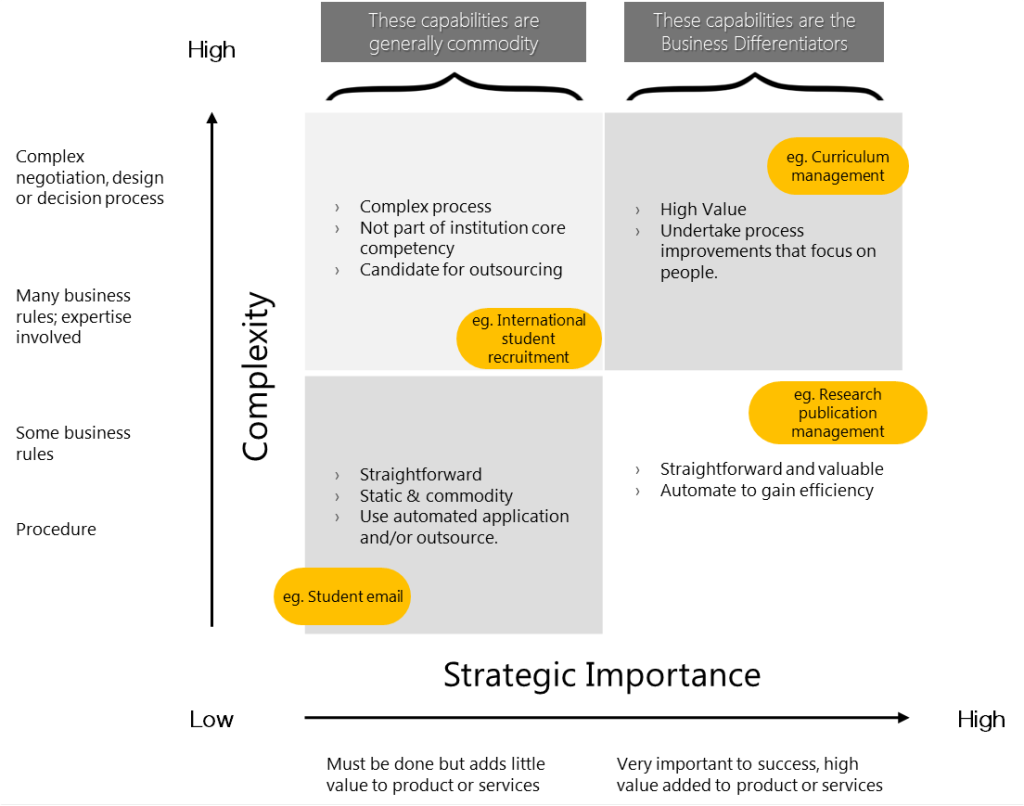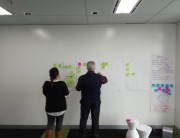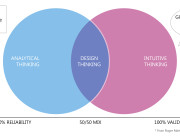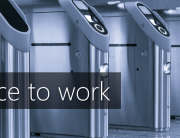All organisations are constantly under pressure from various change drivers, but many industries are currently going through massive and disruptive changes. When organisations face such pressures, the response is often to initiate bold but complicated organization-wide transformations. ‘Architecture thinking’ can help plan and manage change, especially in such large-scale efforts. Enterprise Architecture can take a capability-based approach to change that aims to understand which capabilities are strategically significant in order to inform decision making.
The Higher Education sector in particular is going through unprecedented change, after successfully weathering the introduction of many disruptive innovations in the past (as far back the printing press). The change drivers can take different forms in each country based on local policies and funding structures, and apply differently to the various types of institutions in this sector. According to the report University of the Future by Ernst & Young [1], the current major change drivers for this industry can be grouped into five key trends:
- Democratisation of knowledge and access – ubiquitous content, broader access to higher education and increased participation in emerging markets.
- Contestability of markets and funding – competitive domestic and international markets, challenges to government funding, and competition for new sources of funds.
- Digital technologies – bringing universities to the device (rise of online learning and MOOCs), and bringing the device to the university (using digital technologies in blended campus-based learning). [2]
- Global mobility – emerging markets becoming global-scale competitors for both international students and academic talent.
- Integration with industry – increasing scale and depth of industry-based learning, research partnerships and commercialisation, and industry as competitors in the certification and delivery of content.
In response to these imperatives this report proposes several options for future business models. Even the simplest, which is evolutionary rather than revolutionary, will still require significant change such as increased outsourcing to streamline back office capabilities. Universities have complex business models which blend together research and education, both of which have long established traditions and cultures. Mobilising these institutions for change is often difficult as it can be hard to objectively identify what’s important.
This is where Enterprise Architecture can help.
Using an architectural approach to this problem, capabilities can be mapped against the university’s strategic goals and analysed for complexity. Then the results can be located on a grid, like the one shown below, to help identify strategic sourcing opportunities. A university needs many capabilities to function but not all contribute to its unique position in the industry.
Using a Process/Strategy Matrix to categorise capabilities

Diagram 1 [3] Using a Process/Strategy Matrix to categorise capabilities
Capabilities which fall into the “commodity” side of the grid would be good candidates for outsourcing. The university would still manage the capability in terms of requirements and standards, but the execution would be carried out by specialised service providers which gain cost efficiencies through economies of scale. Outsourcing is relatively uncommon in higher education institutions, but it is increasingly common in the US for institutions to partner, share or buy services to provide capabilities – as described in Parthenon Perspectives: Are the Sleeping Giants Awake? [4].
This kind of ‘architecture thinking’ analysis is not only useful for universities seeking to streamline their own capabilities, but also when considering opportunities to diversify. It could be extrapolated from the report that there is potentially an emerging market for service providers who have invested in developing offerings tailored to the education sector. These organisations would need to understand the dynamics of the university and the relationship it has with its staff, students and the wider community – simply applying models from other industries such as commodities or retail to this sector will not produce the best results.
Where a university has identified a well-developed capability of its own, it may itself look to become a service provider to other universities through partnership or commercialisation. This is an example of the virtuous cycle between strategy and architecture: the strategic direction determines which capabilities are important, but an assessment of the capabilities can also identify strengths as input to strategic planning.
Understanding the university’s capabilities, their strategic importance, and their maturity, all contribute to better decision making and adaptability to change. Do you have the right approach to tackling large-scale transformations?
If you want to know more about transformation in higher education, contact our Enterprise Services team











































































It’s interesting to see Universities also re-shaping their business model to focus on Commercial sources of income. Also some universities are actively looking at sources of students other than the traditional segments such as school leavers and post-graduates.